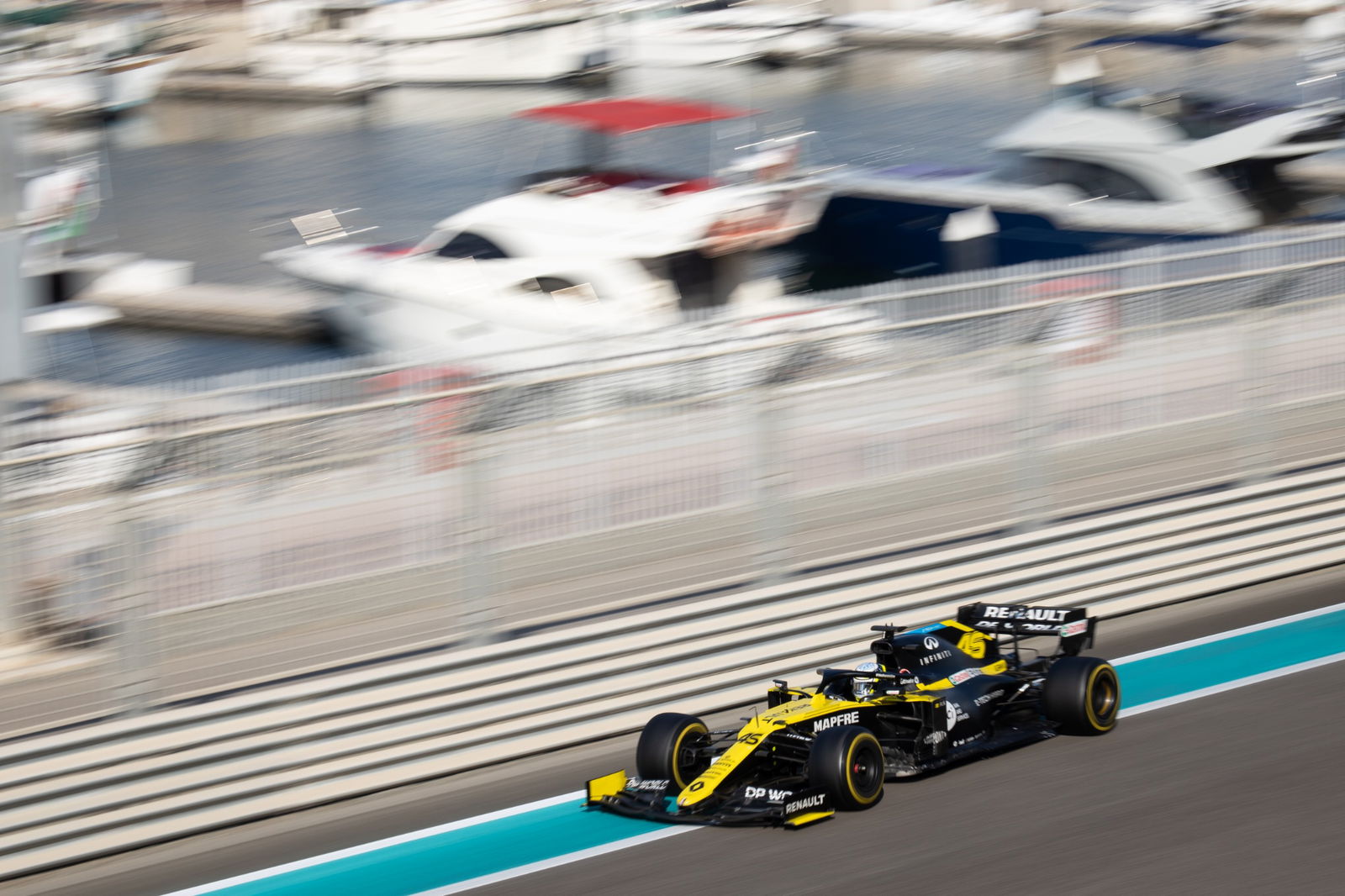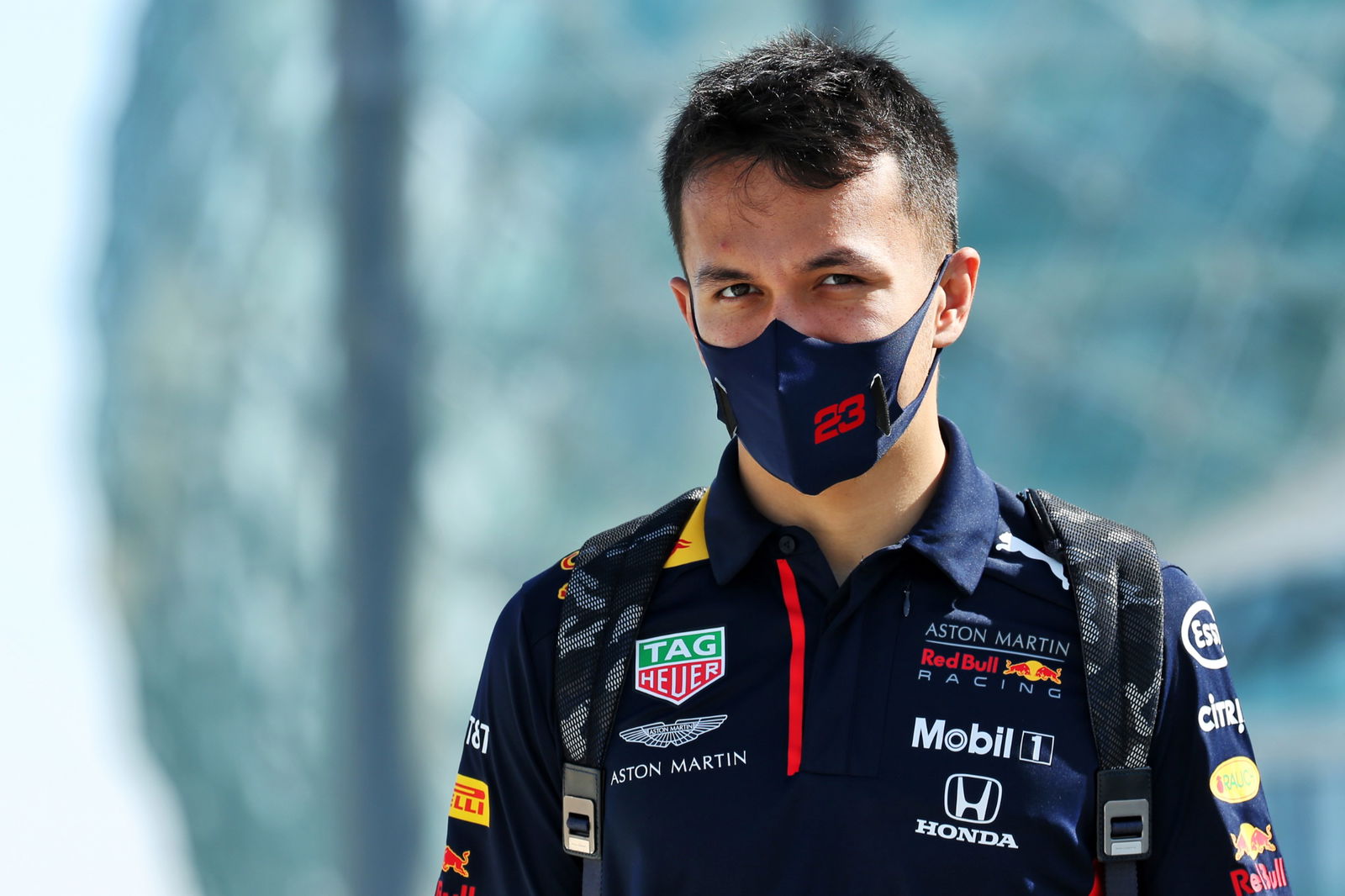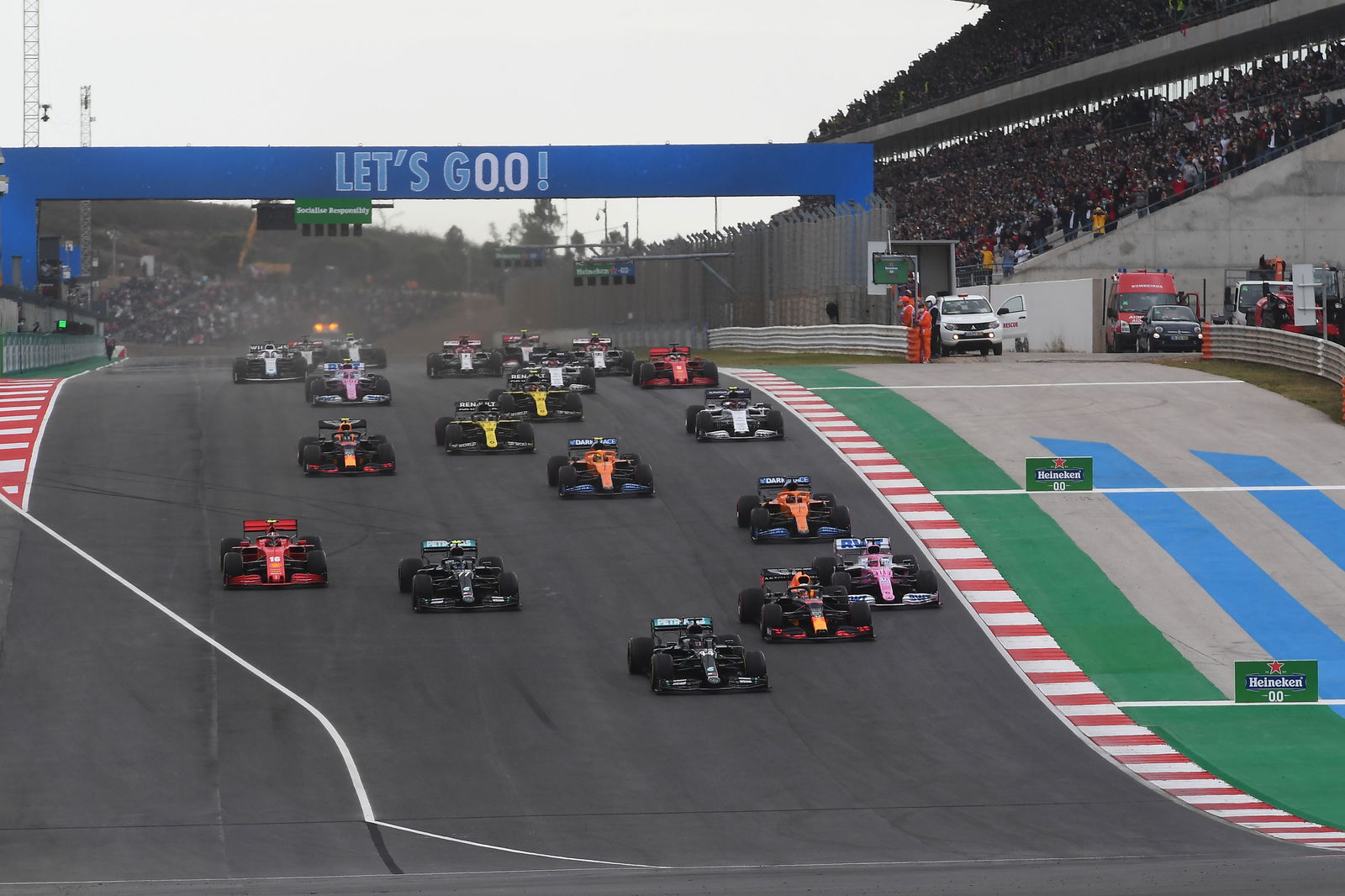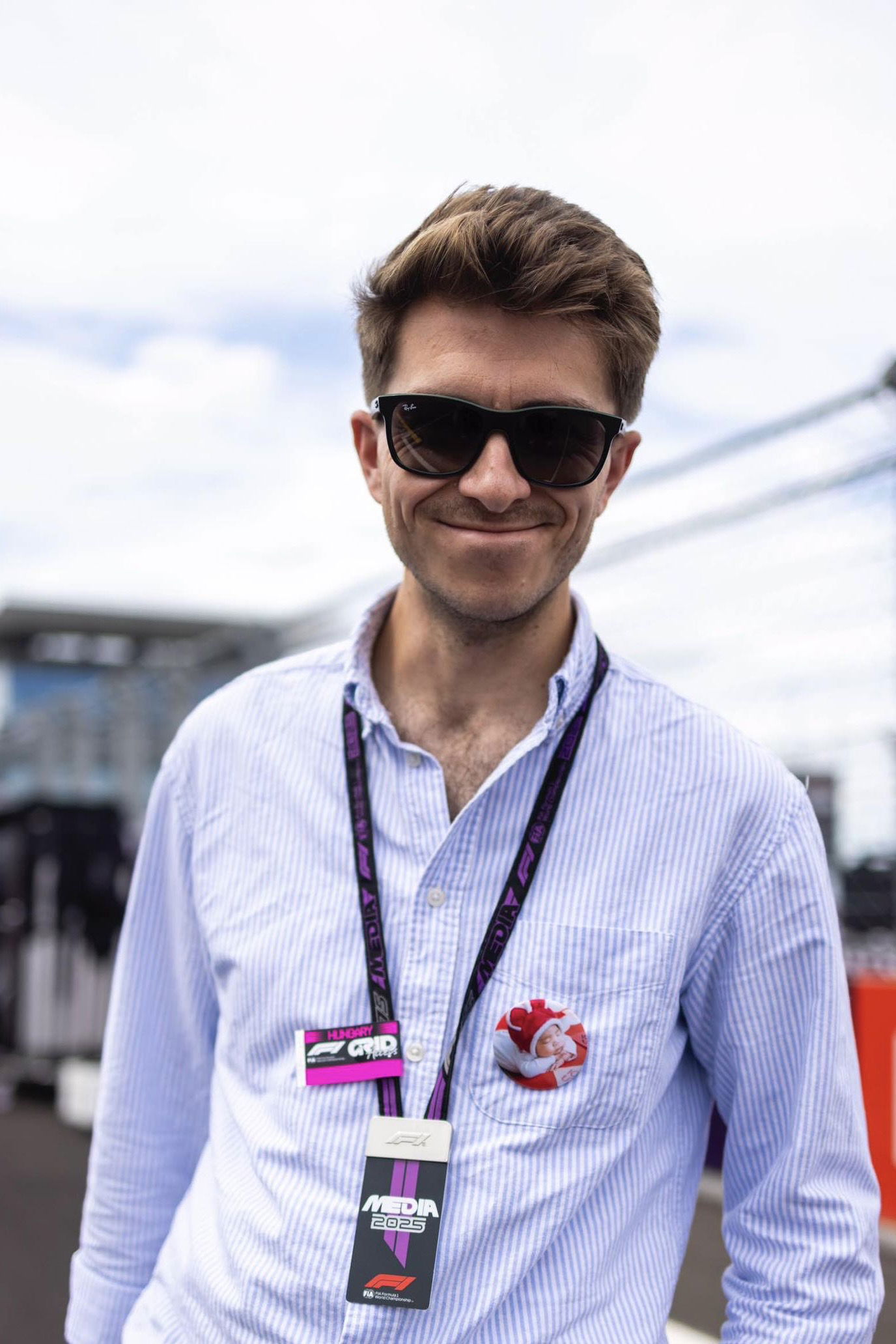New faces, names and rules - What’s changing for the 2021 F1 season?
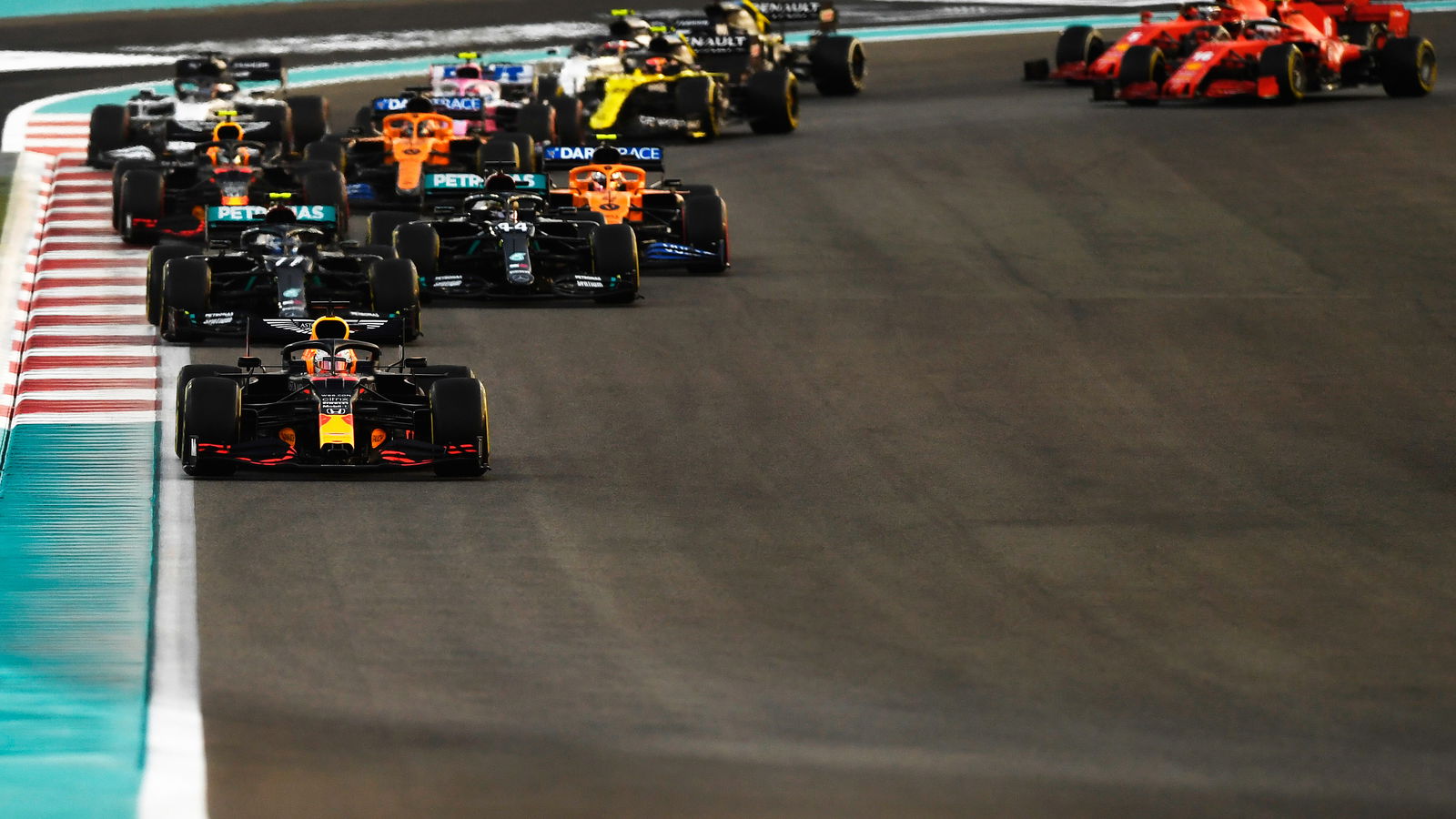
After an unprecedented 2020 campaign, Formula 1 is gearing up to embark on a new season in 2021.
While much will remain the same, there are still a number changes coming to the F1 grid this year.
Here is the full lowdown on what will be different in 2021.
Driver switches
The most obvious changes come in the shape of the drivers, with a flurry of seat swaps prompted by Sebastian Vettel’s unceremonious booting from Ferrari before the 2020 season had even got underway.
Vettel’s exit kicked off a domino effect which rippled down the grid, with Ferrari quickly moving to sign Carlos Sainz from McLaren, who in turn lured Daniel Ricciardo from Renault to partner Lando Norris.
New year, new look, same smile
— Formula 1 (@F1) January 2, 2021
@danielricciardo #F1 @McLarenF1 pic.twitter.com/GcfWB70HKJ
Ricciardo’s departure opened the door for an unlikely return to the grid for two-time world champion Fernando Alonso, who will make a comeback to the sport at 39 years old for a third stint at Renault, with whom he won both his world titles in 2005 and 2006.
Sergio Perez, who was the big loser having been shafted at Racing Point to make way for Vettel, joins Red Bull in place of Alex Albon, who has been demoted to reserve driver.
Elsewhere, there will be three graduates from Formula 2, with reigning champion Mick Schumacher joined by Nikita Mazepin to form an all-new line-up at Haas, with the American squad opting to freshen things up for 2021 by dropping both Romain Grosjean and Kevin Magnussen.
Meanwhile, highly-rated Red Bull and Honda protege Yuki Tsunoda replaces Daniil Kvyat at AlphaTauri to become teammates with Pierre Gasly following a superb rookie season in F2.
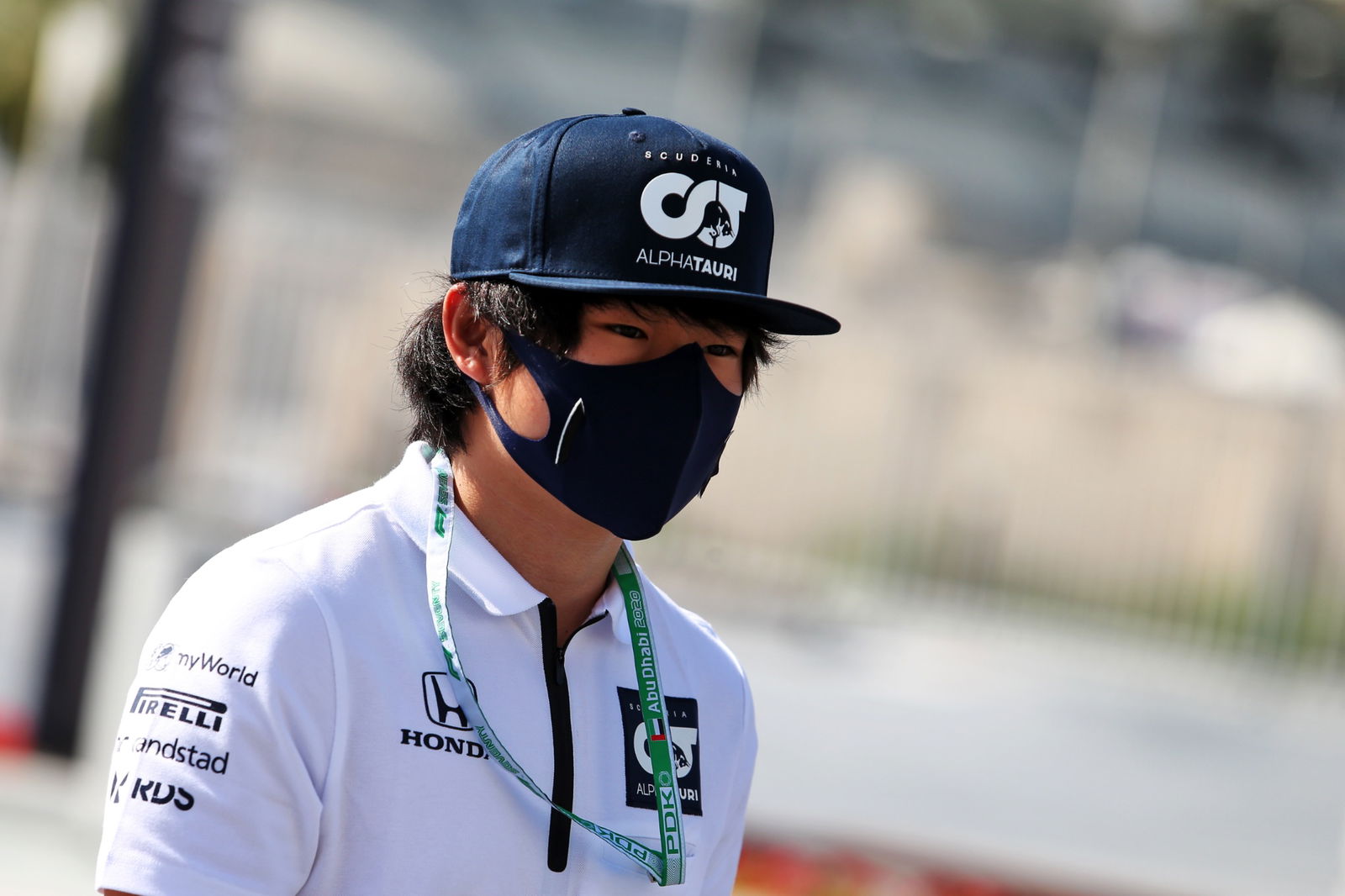
New team names and power units
There are no new entries for 2021 with the same 10 teams contesting the upcoming season, but two outfits will change their names.
Racing Point has rebranded to Aston Martin to become a full works squad following Lawrence Stroll’s takeover last year, while Renault is also undergoing a rebrand and will transition to Alpine.
McLaren is reviving its previous partnership with Mercedes as the only team to switch power units over the winter, a move which leaves Alpine as the only Renault-powered runner left on the grid.
Having announced that it is pulling out of F1 at the end of 2021, Honda is entering the final year of its deal supplying Red Bull and AlphaTauri. It is aiming to go out on a high and will provide both teams with brand new power units for 2021. Ferrari is also developing a new engine.
New year, new me. #IAMF1 pic.twitter.com/6wTC3ZaHIS
— Aston Martin F1 Team (@AstonMartinF1) January 1, 2021
New destination on biggest calendar yet
F1 is set to embark on its longest-ever season with a 23-round calendar penciled in for 2021. Assuming plans are not affected by the coronavirus pandemic, the 2021 F1 calendar will feature a new night street race in Jeddah, Saudi Arabia, as well as the anticipated return of the Dutch Grand Prix at Zandvoort.
The Dutch round - which was originally set to be held in May last year prior to its postponement due to the COVID-19 pandemic - has been moved to a September slot.
Question marks remain over the current ‘TBA’ lingering over the fourth round of the season with the delayed inaugural Vietnam Grand Prix no longer taking place. Imola, Portugal and the Nurburgring - all of which held stand-in races on the revised 2020 schedule - are thought to be among the leading contenders to fill the vacant slot.
Brazil's place on the calendar has been saved with the recent announcement of a new five-year deal for Interlagos to continue hosting races, though rather than being called the Brazilian Grand Prix, the event's name has been changed to the 'Sao Paulo Grand Prix'.
Changes have also been made to F1’s support race bill, with Formula 2 and Formula 3 now featuring three races per round and racing on alternate weekends. The W Series will also support F1 at eight events across 2021.

New F1 CEO
With Chase Carey leaving his role as CEO of F1, former Ferrari team principal Stefano Domenicali will become the new boss of the sport.
Since his exit from Ferrari at the end of 2014, the Italian worked in a senior management role at Audi before being appointed chief executive of Lamborghini.
The well-liked and respected Domenicali officially begins his tenure heading F1 today (January 5).
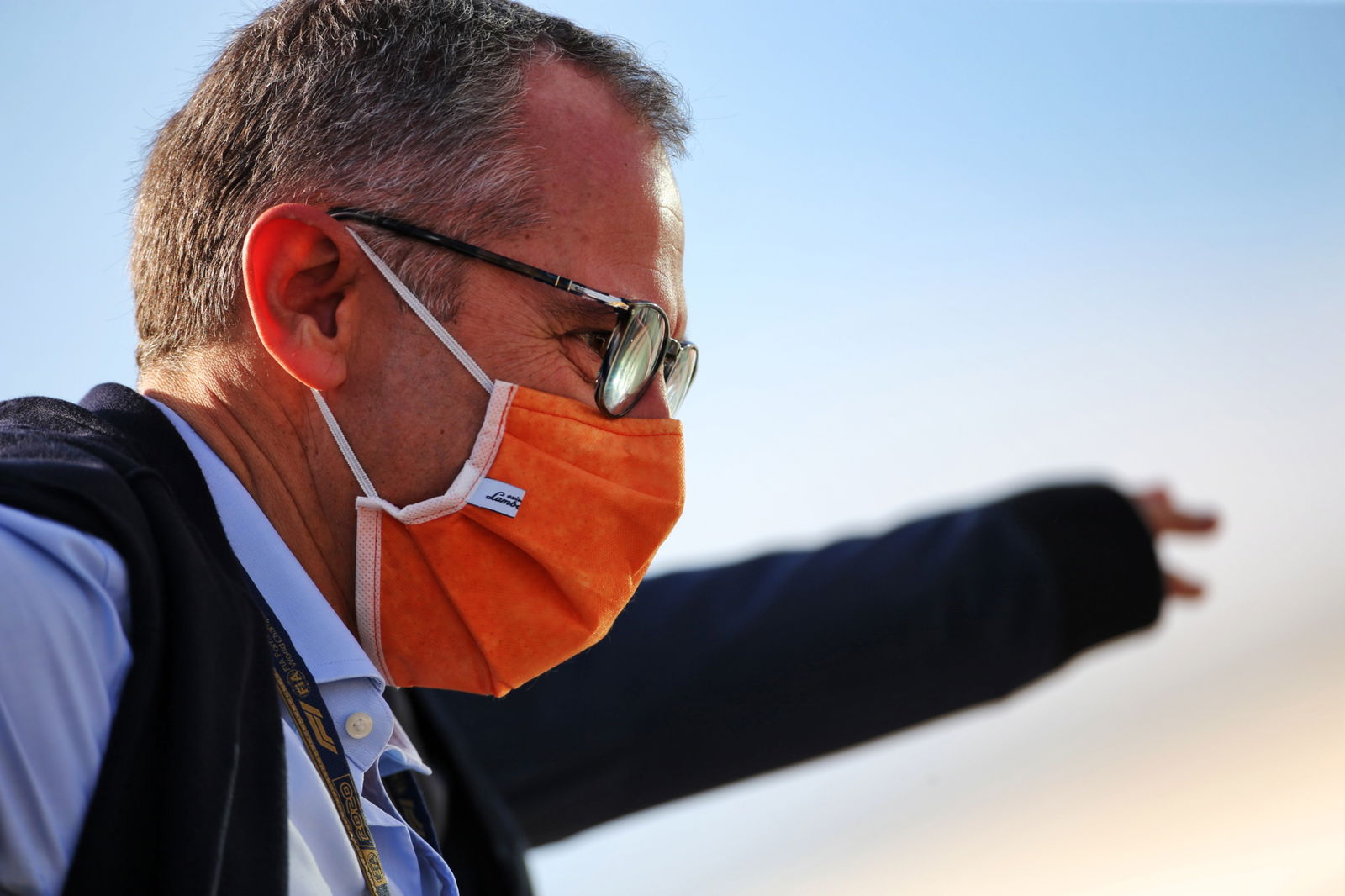
Regulation changes
F1 postponed plans to introduce a major overhaul to car design rules for 2021 in a cost-saving bid in response to the coronavirus pandemic, but changes to the regulations will still occur this year.
The most significant of these include a $145million cost cap which teams must adhere to, while development has been limited and restricted to a token-based system to help further reduce spend.
Despite teams carrying over their current chassis designs into 2021, along with the same generation Pirelli tyres which feature a revised construction, changes to the floor and aero regulations will see downforce levels trimmed by around 10%.
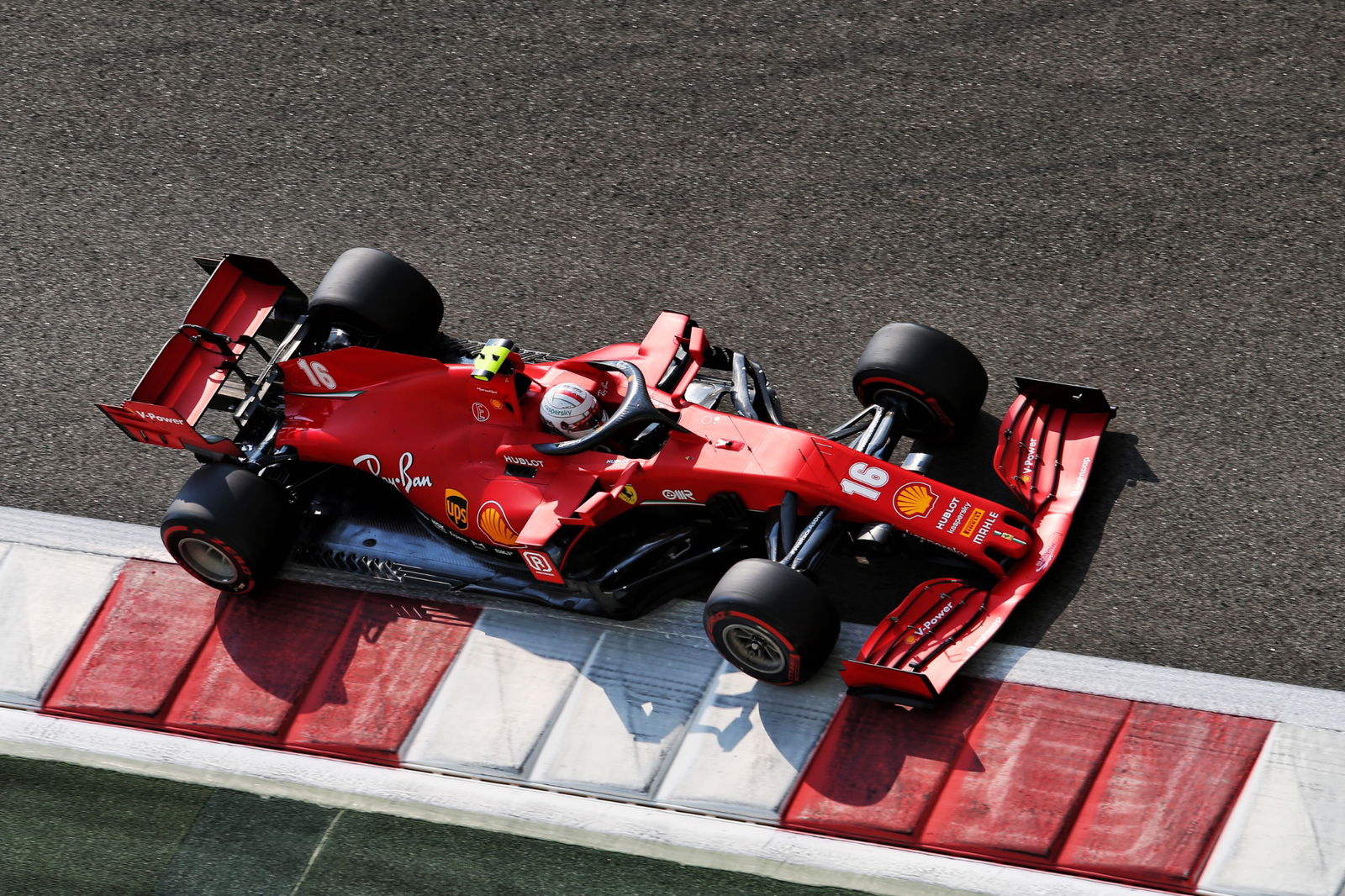
As a result, don’t expect to see the kind of mind-boggling-quick lap times we have become accustomed to witnessing in modern-day F1, as the 2020-spec cars are likely to go down as the fastest in the sport’s history.
The teams each have different priorities to focus on within the regulations, with Ferrari spending much of its token allocation on developing a completely new rear end in a bid to address its aero weaknesses of 2020. Alongside the demanding schedule of the upcoming season, teams will also be starting development on their all-new 2022 cars, resulting in a dilemma which will prove a fine balance to manage.
Mercedes’ DAS steering wheel innovation, which led to the German manufacturer becoming the talk of the Barcelona paddock in pre-season testing when it debuted the device and caught its rivals attention, has been banned for the upcoming season.
Reduced winter test, more post-season mileage
Pre-season testing has been cutback to a single, three-day test in early March, while Friday’s two practice sessions will be reduced to one hour of running each, meaning teams and drivers will lose a total of one hour of practice across grand prix weekends this year.
There will once again be no in-season testing, but an extended three-day end-of-season test is in the works following the Abu Dhabi Grand Prix. Teams will be required to run a car from 2018-2021 on F1’s 18-inch wheels that will be introduced from 2022.
One day of the test will be set aside for young drivers to get some mileage.
